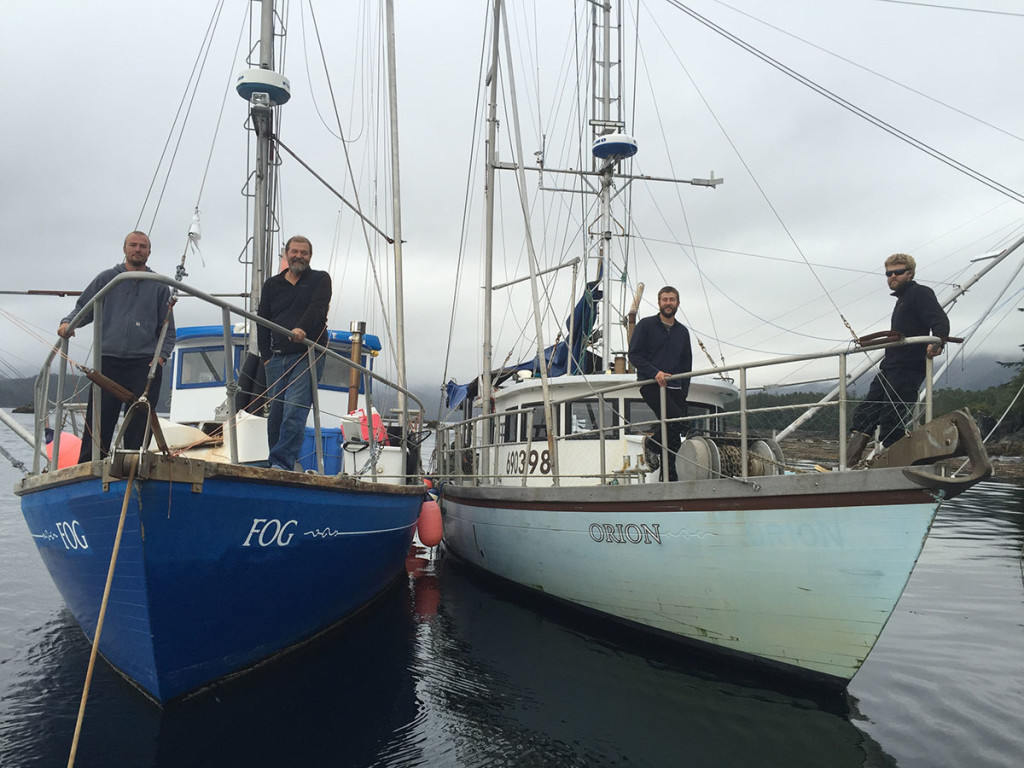Early prices to Alaska salmon fishermen are trickling in. As anticipated, they are up across the board. That will give a nice boost to the economic base of both fishing communities and the state from fish taxes, fees and other assessments.
About a third (62 million) of Alaska’s projected catch of 190 million salmon had crossed the docks by July 16 at the halfway point of the fishing season.
Prices paid to fishermen vary based on buyers, gear types and regions. And bonuses and post-season pay adjustments won’t be finalized until early next year.
Here’s an early snapshot of average base prices from major processors at this point in the season:
At Bristol Bay, the price to fishermen was boosted to $1.25 by OBI Seafoods, topping the $1.10 Peter Pan posted in June before the start of the fishery, and up from 70 cents last year.
Kodiak fishermen were getting $1.45-$1.50 for sockeyes and $1.75 at Southeast.
That compares to a statewide average of just $0.76 a pound for sockeye salmon last year. A 2021 catch of 46.6 million sockeyes was projected for Alaska; the total so far has topped 44 million.
Pink salmon were averaging 35 cents a pound for fishermen. An Alaska harvest of 124.2 million pinks is projected for this summer, nearly 49 percent higher than last year. The statewide pink salmon price in 2020 averaged 30 cents a pound.
Chums were averaging 50 cents per pound for Kodiak fishermen (twice last year’s price) and 85 cents at Southeast Alaska, compared to $0.45. The average chum price in 2020 was 43 cents a pound.
According to the Alaska Department of Fish and Game, troll-caught kings at Southeast were averaging $6.73 a pound, compared to a statewide average of $5.07 last year. With average weights at 11 pounds, each king salmon was again worth more than one barrel of Alaska crude oil. ($74.03 vs. $73.48 as of July 16).
Coho salmon catches will begin adding up in August, but troll-caught silvers at Southeast were paying fishermen a whopping $2.50 per pound for all sizes. That compares to $1.74 at the Panhandle last year and a statewide average for silvers at $1.17.
The run of sockeye salmon returning home to Bristol Bay could set a record at 66 million fish. The baywide catch has topped 36 million, but the reds are smaller than in past years.
The average size this summer is 4.5 pounds compared to 5.1 pounds last year, said Dan Lesh with McKinley Research Group. Still, the sockeyes are heading into an eager market.
“Supply is low, and there is strong demand for premium seafoods across the board,” Lesh said. “People have more money, and spending at foodservice is at pre-pandemic levels.”
It’s “so far, so good” as far as putting a smaller fish on the plate, Lesh added, noting that it could mean adjustments for various salmon products.
Bristol Bay reds aren’t the only salmon showing up smaller.
King salmon size has declined the most at 8 percent; 3.3 percent for silver salmon, 2.4 percent in chum salmon and a 2.1 percent shrinkage in sockeyes overall.
That’s based on 60 years of measurements from 12.5 million Alaska salmon, excluding pinks, by Nature Communications, which compared average body lengths before 1990 and after 2010.







